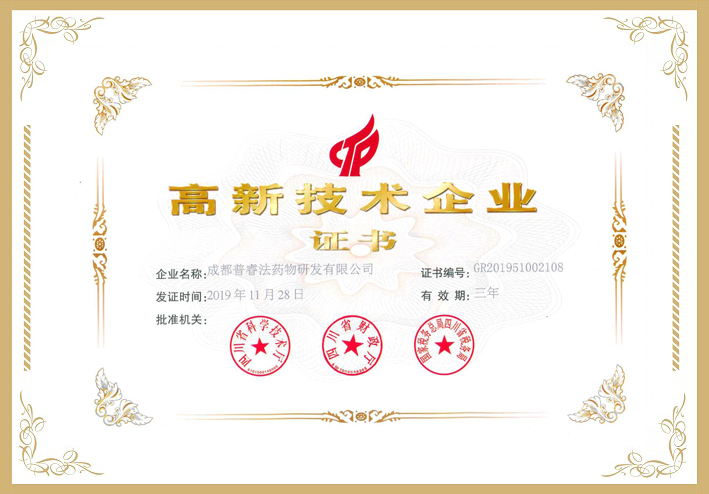Bitterness and astringency are two important quality attributes of green tea infusion, and catechins are the main contributor to the bitterness and astringency. The aim of this work was to quantitatively analyse the bitterness and astringency of green tea infusion according to the concentrations of catechins. The concentration–taste curves of catechins showed a pattern that fit the cubic functions, and their R2 values were higher than 0.956. The bitterness of green tea was highly correlated with the concentrations of (?)-epigallocatechin gallate and (?)-epicatechin gallate (ECG) (R2?=?0.7769, p?<?0.01), and the astringency (R2?=?0.7878, p?<?0.01) was highly correlated with the concentrations of ECG and flavonol glycosides (myricetin 3-O-galactoside and quercetin-3-O-rutinoside). Taste interactions between different catechins and between catechins and other substances were determined. These results may enhance the understanding of tea chemistry for improving the taste of products from green tea.
Chemical compounds studied in this article
(?)-Epigallocatechin gallate (PubChem CID: 65064);
(?)-Epicatechin gallate (PubChem CID: 367141);
(?)-Epigallocatechin (PubChem CID: 72277);
(?)-Epicatechin (PubChem CID: 72276);
(?)-Gallocatechin gallate (PubChem CID: 199472);
(?)-Catechin gallate (PubChem CID: 6419835);
(?)-Gallocatechin (PubChem CID: 9882981);
(+)-Catechin (PubChem CID: 1203)
… and other taste substances. 2. Materials and Methods. 2.1. Chemicals.
EGC,
GC,
EC,
C,
ECG,
CG,
EGCG and
GCG were purchased from Chengdu
Biopurify Phytochemicals Ltd. (Chengdu, China). Amino acids, caffeine, monosodium …























